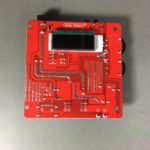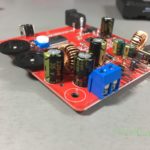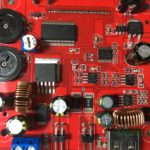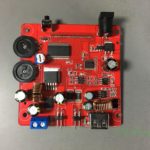Welcome to a new voltlog, today we’re talking about RGB LEDs. Everyone knows and probably uses digital RGB LEDs these days because they’re convenient, you only need a single pin to control then, they can be chained one after the other creating long addressable RGB strings, you don’t have to worry about driving them with constant current, in fact they even have digitally controlled brightness settings so they’re pretty convenient.
Since these are digital, they have a built-in controller chip, and if we take a closer look at one of these LEDs which comes in a 5050 package, we can see the driver chip and the 3 LEDs red, green blue with their corresponding bonding wires. There are two popular drivers chips the WS2812 and the SK6812 and each of these might have different revisions as well. The WS2812 was the original one on the market and then the SK6812 appeared and is considered a clone of the WS2812 but brings some improvements. The SK6812 has doubled the pwm frequency at which it drives the LEDs which is always welcomed as it helps with reducing flicker and also the timing requirements are a bit tighter but existing WS2812 libraries should work fine with the SK6812.



